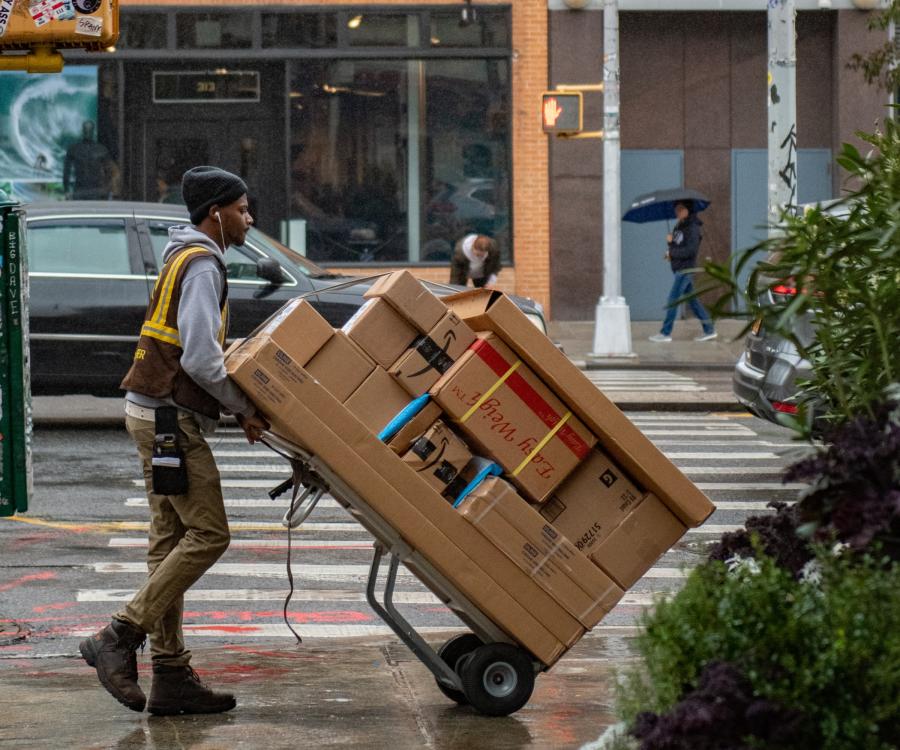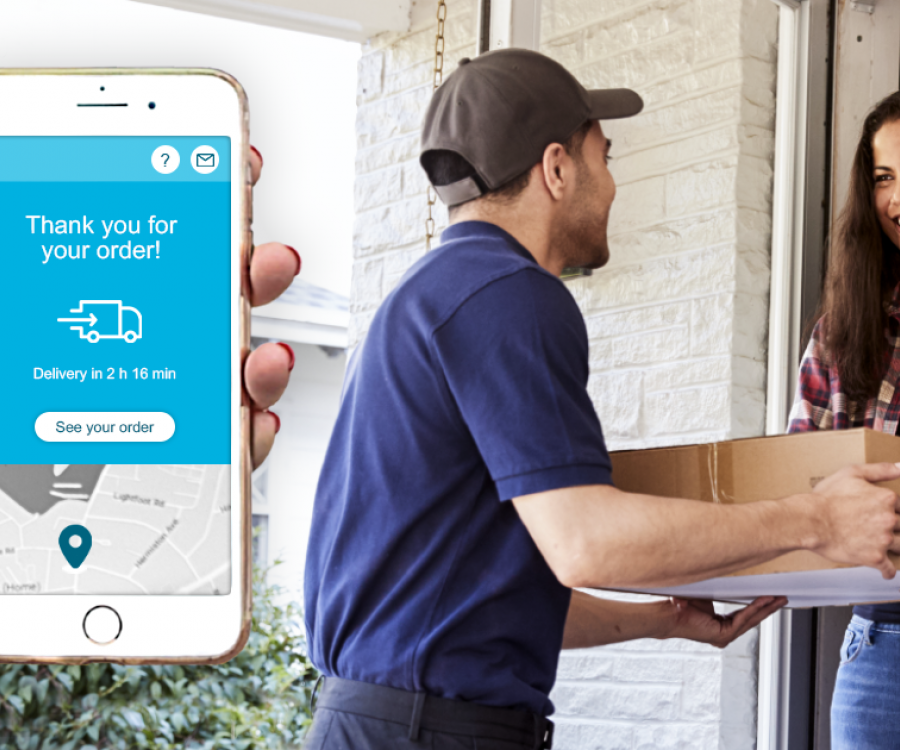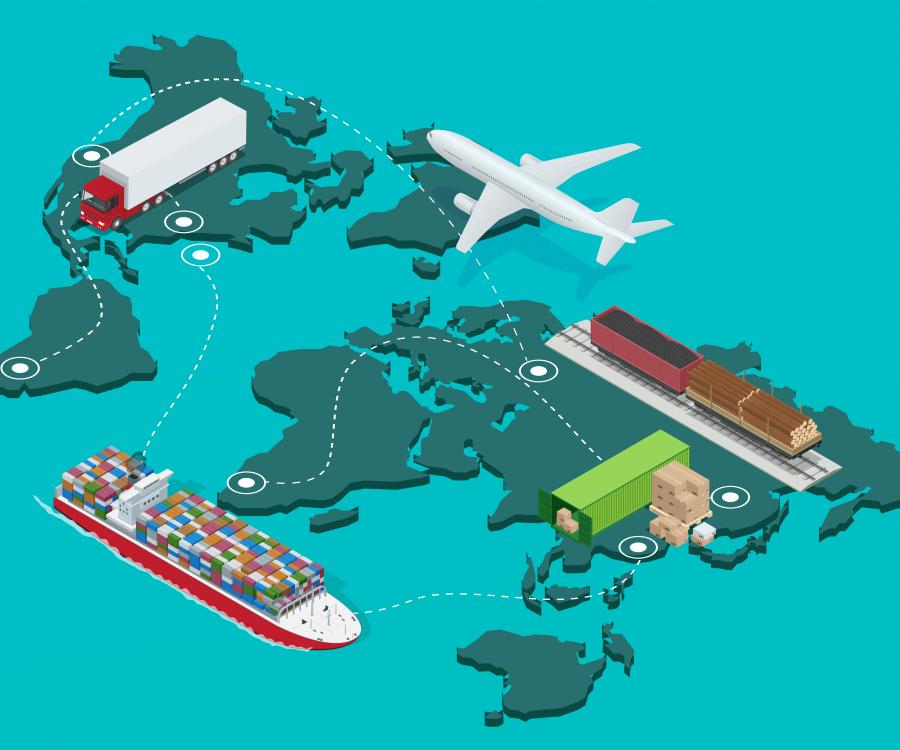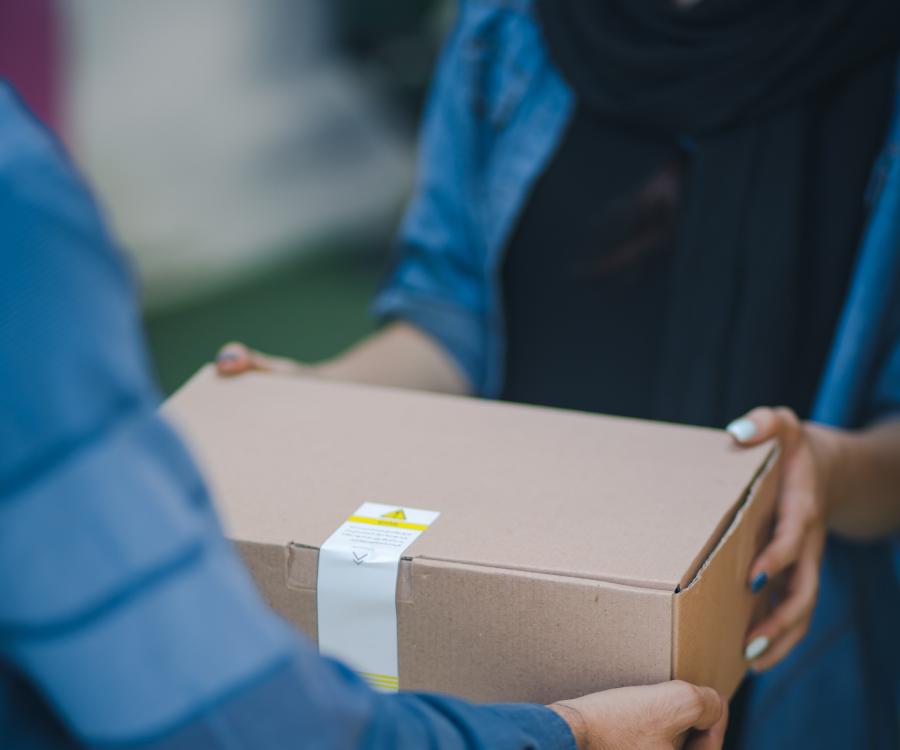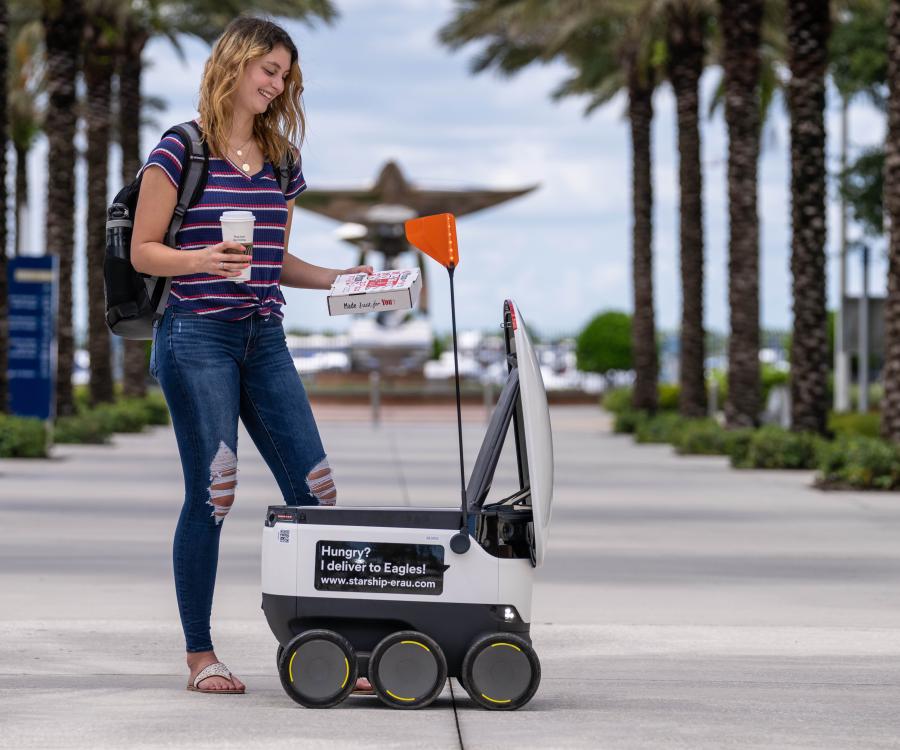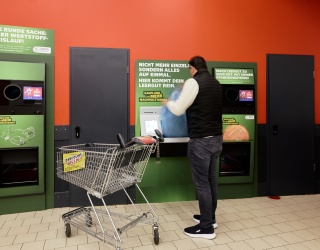
As recent events have caused major supply chain disruption with many physical stores abandoned, e-commerce has never been more under the spotlight. The double-digit growth the industry has seen over the last few years looks set to continue, while consumer demands for greater convenience and faster, accurate and on time deliveries are unrelenting and place almost intolerable pressure on retailers and logistics companies. In its latest white paper, ‘The first and last mile as a success factor in retailing and logistics’, supply chain technology company Zetes, explores the challenges the industry faces when improving the customer experience – from the picking, packing and shipping of an order, to the physical delivery to the customer. By capturing every point at which a product moves throughout the supply chain, Zetes outlines ways that organisations can drive greater productivity, increase efficiency and reduce errors throughout the entire delivery process – and why now is the time for action.
To date, a major contributor to inefficiency within the industry has been the huge volume of parcels that are not delivered successfully first time. Research from Japan, a fast-growing ecommerce market, reveals that almost 20% of deliveries fail first time – even more in urban environments. Clearly adding additional delivery loops create a huge drain on costs and resources.
PCA Predict research estimates the cost of missed and failed deliveries to be €15 per delivery, a very significant figure when so many organisations are operating on paper thin margins. When the last mile can account for 30% of the total order fulfilment costs – in labour, transport and fuel – the current level of delivery inefficiency simply cannot be sustained.
Working Smarter
While it is evident that future technologies, including robotics and autonomous vehicles, will help to improve both efficiency and sustainability within the order fulfilment process, these solutions are still in their infancy and are a significant investment. Today, retailers and logistics companies must start to make changes that quickly deliver the agility and scalability that enable businesses to cost effectively keep pace with demand and expectation. They also need to work smarter by harnessing technologies that optimise critical processes so that an elastic logistics model of being able to scale up and ramp down operations can be maximised.
First mile transformation
Within the first mile, vision and image capture-based technologies are helping transform shipping and dispatch processes, as well as eradicate errors. Innovative technologies such as Visual Sort Assist and Multi-Modal Voice Recognition require minimal training, enabling workforces to become productive immediately. For maximum flexibility and value, these systems allow operations to use a combination of technologies, for example, combining voice with barcode scanning.

Last mile efficiency
In the last mile, technology can be used to improve the experience for drivers and ensure they can work confidently through the entire delivery process. By harmonising real-time event and status data, collected at every critical point of the supply chain to the final customer, proof of delivery solutions enable companies to optimise processes and improve the customer experience. With results from the Japanese study also highlighting that 42% of customers did not know a missed delivery was on its way, ensuring customers are informed of deliveries in a timely manner can reduce expensive redeliveries and cut both costs and environmental impact.
The financial and environmental costs of redelivery are very significant:
- Repeat deliveries account for 25% of the total distance covered by parcel delivery vehicles
- 420,000 tons of CO2 is generated each year by delivery vehicles, solely to handle re-deliveries.
- This equates to 90,000 people working full time, just to handle deliveries.
Tiago Conçeicão, Transport Solutions Expert at Zetes comments: “There is no doubt that in the future, robots and autonomous vehicles will play an increasing role within warehouse and delivery operations. However, the industry must take advantage now of the innovative options available to them to achieve rapid first-time fulfilment and better utilisation of resources. By having an infrastructure which is underpinned by an agile, scalable and connected technology solution, retailers and logistics companies can leverage end-to-end visibility to proactively manage every step of the process. Only then will they be able to ensure the right product in the right place at the right time in a cost-effective and environmentally effective manner.”
The whitepaper is avaliable here.

